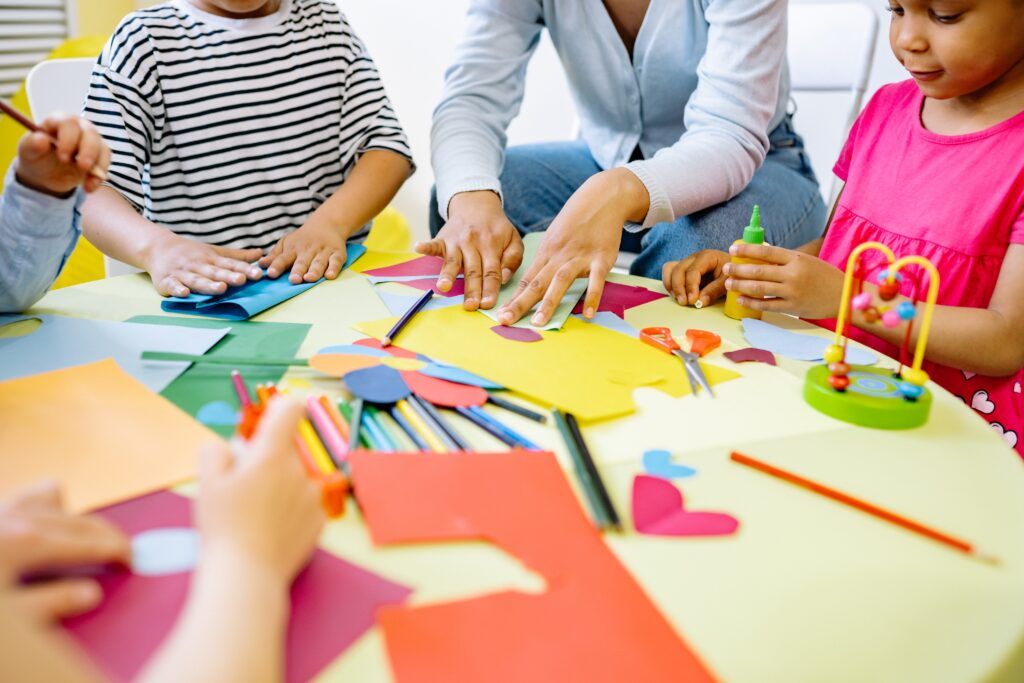Techniques for working on inclusivity in the classroom
Our classrooms are becoming more and more diverse. Working on inclusivity in the classroom means taking into account the particularities of each student based on their origin, social, cultural, physical characteristics, etc. Through inclusivity in the classroom we create a more inclusive future society, based on respect and integration.
At The British School of Almeria we insist on the values associated with inclusion in the academic environment, so that all our pupils can develop in an appropriate environment and learn the importance of respect for others.
What is an inclusive classroom?
An inclusive classroom is an educational space that provides each student with equal opportunities, adapted to their personal qualities. By addressing the needs of each learner, inclusive classrooms help to improve learning by providing personalised opportunities for each learner.
The main key to working towards inclusiveness in the classroom is that diversity is not a problem, it is an opportunity for each learner to follow his or her own path.
The characteristics of the inclusive classroom
Before establishing the techniques that will enable us to create an inclusive learning space, it is important to determine the basic principles of an inclusive classroom.
- The educational method focuses on the needs of each individual learner, with the aim of providing equal educational opportunities.
- It is important to encourage the active participation of each pupil during lessons.
- Working together is important in order to create collaborative dynamics in which each pupil can develop his or her abilities.
- Encouraging collaboration and empathy must include the educational community, including parents, so that the principles based on integration form part of the pupils’ values.
- We educate by taking difference into account, offering each person an enriching educational experience.
- We start from the knowledge about the needs of each student, in order to generate personal motivation for learning.
Techniques for working on inclusivity in the classroom
Knowing the student
It is very important to have information about the student in order to establish a personalised educational programme in each case. Personal interviews, both with the pupil and with the family environment, allow us to work in a personalised way, in addition, it will be necessary to carry out regular monitoring of the progress of each pupil.
Different evaluations
In order to teach in a personalised way, we must also establish differentiated assessment processes. Traditional assessment takes into account usually written tests, the result of which is expressed by a numerical score, the inclusive classroom concept also includes new assessment systems, to encourage motivation at different paces.
Active participation in the educational programme
Traditionally, classroom activities are proposed by the teaching staff, however, inclusivity also allows students themselves to suggest activities during school hours. It is important that they are the protagonists and that they feel that they are the protagonists.
Goals and gamification
Activities based on improvements and the achievement of goals is a very effective way of inviting the student to continue learning day by day. Measurable and achievable goals will ensure that the student comes to the classroom every day with the necessary motivation to continue learning.
Multiple intelligences
Howard Gardner’s theory of multiple intelligences has brought about a new paradigm in teaching. Students’ abilities are not homogeneous, and can be oriented to different areas of knowledge such as music, interpersonal skills, logic, mathematics or visual and spatial abilities. Orienting activities to the different intelligences present in the classroom can also help our students to improve their performance.
Learning through language
Language is the basis of knowledge, and in many cases inequalities in the classroom are precisely due to language. At The British School of Almeria we give language learning a central role in all our educational programmes. In this way, language allows us to reduce inequalities which, on occasions, are produced by the presence of different cultural origins.
Adapting the classroom
In many cases, inclusivity requires adapting the classroom for particular disabilities. Improving access or including subtitles are just some of the improvements we can implement in the classroom, so that students with special needs have adapted solutions.
Respect as an active process
In addition to specific activities, it is important to implement a permanent attitude based on respect for others. Canceling discriminatory or vexatious remarks allows all students to live together in an appropriate space, based on mutual respect.
The application of inclusivity techniques at The British School of Almeria
At The British School of Almeria we implement an educational programme based on respect and attention to the differences that exist between our pupils. We propose an educational process which is adapted to each student’s needs and abilities, so that each student can follow a particular educational path.
For our school it is very important that each educational stage is adapted to the abilities of each student, our teachers incorporate inclusive learning processes in the classroom, so that each student can achieve their goals by their own means.
